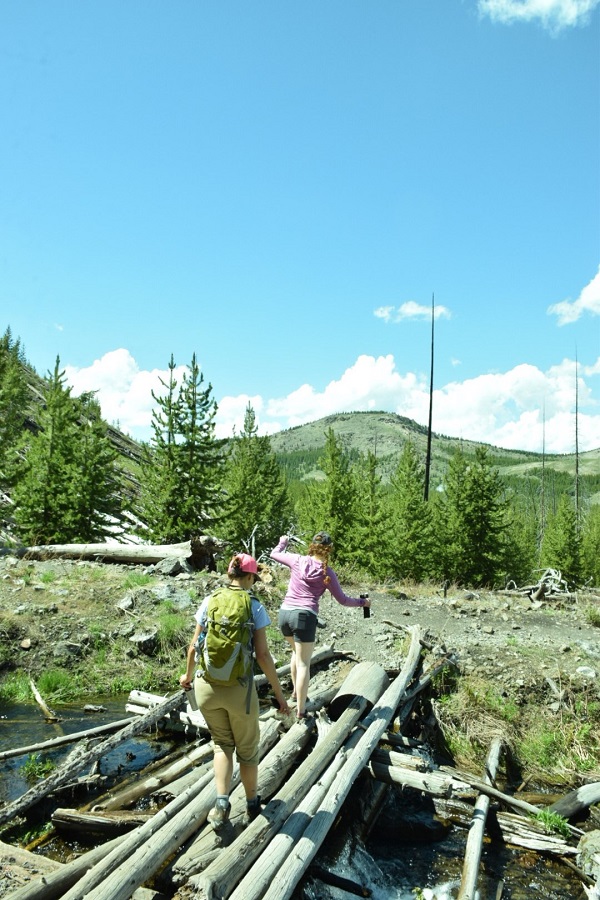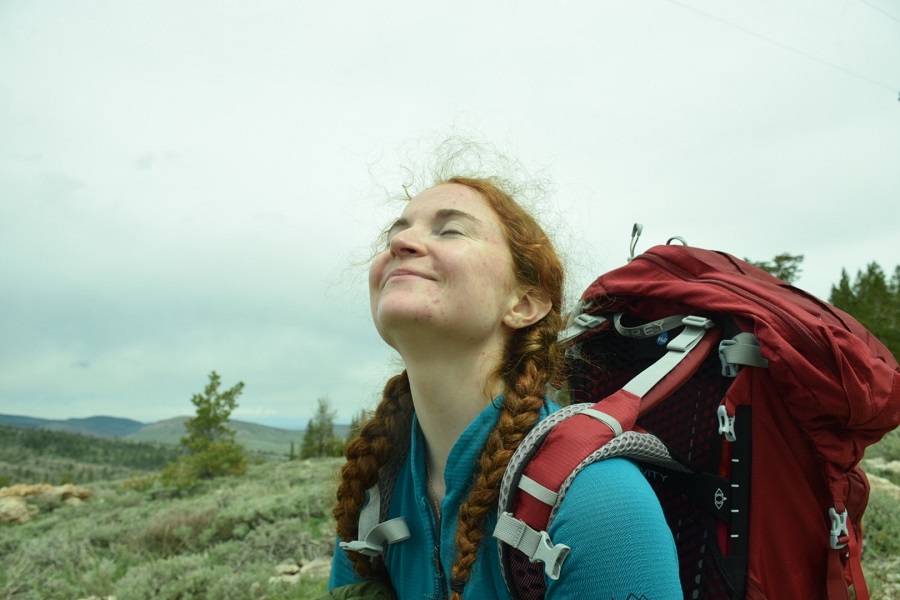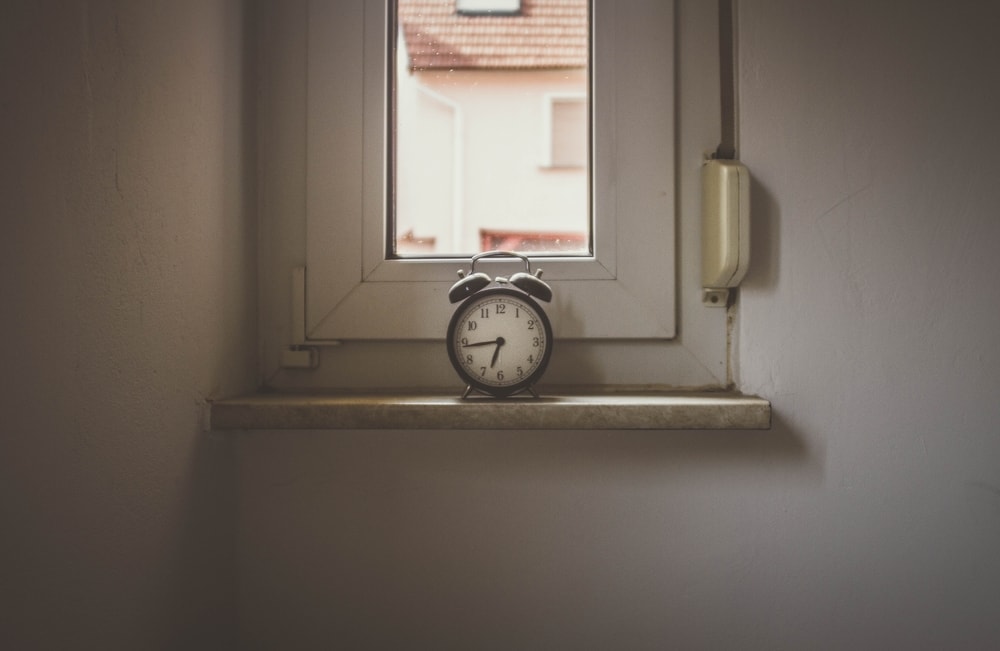When most climbers get injured, the first thing they ask is,
what can I do to stay strong?
I was no exception when I tore my rhomboid and strained my rotator cuff while logging some lead laps in the gym on a rainy winter day.
I was scared of losing the fitness I had worked years to develop. Climbing was my source of enjoyment and stress relief. It was a recipe for a grueling recovery period.
Still, I was determined to stay in climbing shape. Which proved to be pretty darn difficult with an unusable shoulder.

I felt left out as my friends charged on the weekends and I was stuck on the sidelines. Angrily, I would punch out hundreds of crunches, sit-ups, and leg lifts because it was one of the few things that I could do without my shoulders. I went hiking a lot, which at first I hated since I previously only saw hiking as a means to get to the climbing.
What was the point of hiking with no reward of climbing to look forward to?
Slowly, I began to enjoy walking around aimlessly in the woods in places I normally wouldn’t have had the time to explore. I learned about the mosses, lichens, fungi, and salamanders I frequently came across. Hiking became interesting and educational rather than just clocking in mindless trail miles.
Still, I was lost in life without climbing and none of my friends (even the ones who climb) seemed to understand. “You’ll be back to it in no time,” “fitness comes back quick,” “you’ll come back stronger than you were before,” or “there are fun things you can do other than climb,” were all well-meaning sentiments that I heard frequently, but always fell flat when they reached my ears.
It didn’t offer comfort to me where I was in those moments. Stressed out, unable to do what I loved. Climbing had been my therapy for years—it was my coping mechanism for life. Without it, I felt depressed and lacking direction.
It took some time before I was able to accept that for me, climbing is life—but there’s more to life than climbing.
I went to workshops and learned about sustainable climbing, the biology and ecosystems of my climbing areas, and how to become a better steward for climbing. I volunteered as ground crew for rebolting days, even though I wanted to be the one jugging up lines and putting in new bolts. I learned all I could and asked every question I could think of and I walked away with new knowledge as well as friends and mentors.
I gave up on the relentless ab workouts and instead found peace and comfort in my weekly acupuncture sessions. It was nice to finally pause and take a breath. To slow down and stop fighting for the next send. This is healing, after all.
My mantra became “patience,” something that has never been my strength.
My physical therapy exercises were boring as I regained range of motion. I had to keep my shoulder pretty immobile and I couldn’t even run without aggravating my injury. I had too much energy all of the time, which translated into general anxiety. “Patience,” I would remind myself over and over with a forced deep breath.
After months of acupuncture and physical therapy, I am slowly getting back to climbing. It’s hard to start from square one. It’s difficult for me to get pumped on a beginner climb on the auto-belay in the gym when I used to lap the steep sandstone walls of the Red River Gorge. I miss climbing at my limit, fighting tooth and nail to get to the anchors. I’m spending more time on shoulder rehab exercises than I am actually climbing but I’m proud of myself for not rushing the process.
It’s a lesson that is hard for any athlete to learn.
There are more lessons to be learned here than simply patience. A theme of discipline has been present throughout my recovery—from a diet focused on anti-inflammatory foods to being consistent with my physical therapy. It’s a practice in being where I am instead of where I was, though I think I’ll always have an eye on where I think I could be.
I think the best thing I did for my shoulder, and for my mind, was to step back completely and allow my body the rest and recover it needed. It’s a lesson that is hard for any athlete to learn. We have this constant thirst to become better and stronger. When we plateau, we jump to the assumption we aren’t trying hard enough, we need to do more, we need to get stronger. Often times though, it’s the exact opposite that we need.
Rest and recovery are paramount to the success of every athlete.

Like all athletes, I have good days and bad days. On the good days, my injury feels almost like a blessing. A chance to be places I normally wouldn’t find myself and to do things I normally wouldn’t do. On the bad days, my injury feels like a curse—a hindrance on my climbing goals.
Luckily, I’ve completed physical therapy and am slowly building my way back up so I can return to the land of steep southern sandstone. I’m through the worst of it, though the challenge certainly continues. At least I’m mentally rejuvenated now. I’m not sure if I’ll come back stronger, or even if I’ll regain my fitness quickly. But I’m happy to be back on the walls and enjoying every vertical movement I’m able to make.
Thankfully, climbing is about having fun anyways.
If you liked this article, we think you’ll also enjoy:
- Climb Injury Free: Shoulder Impingement — The Rock Rehab Pyramid (Part 1)
- How to Survive a Climbing Injury
- Chuff, Chuff, Away: Overcoming Those High-Gravity Days
- Video: Alex Puccio’s Road to Recovery








